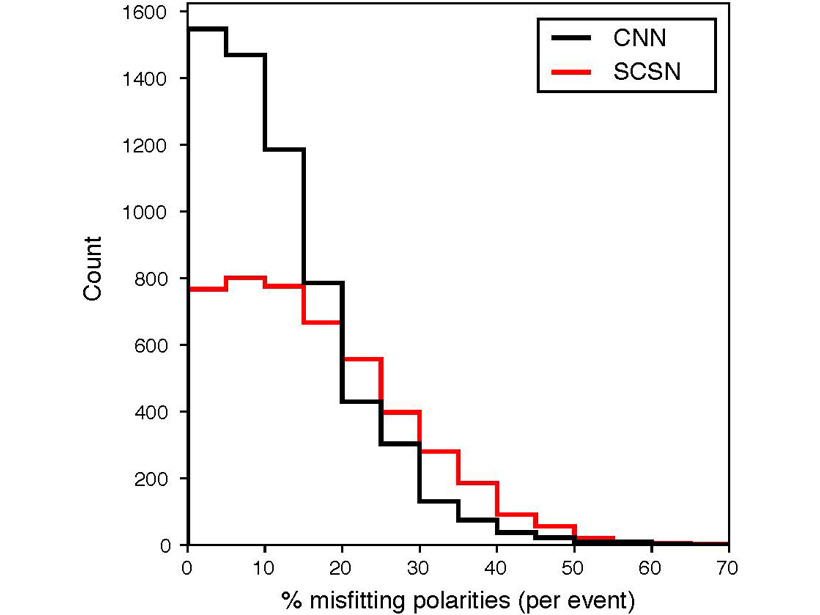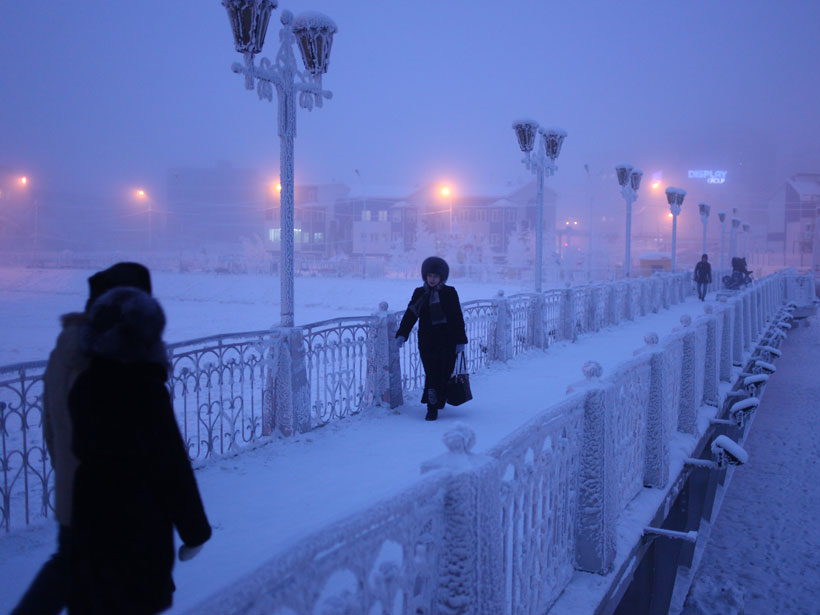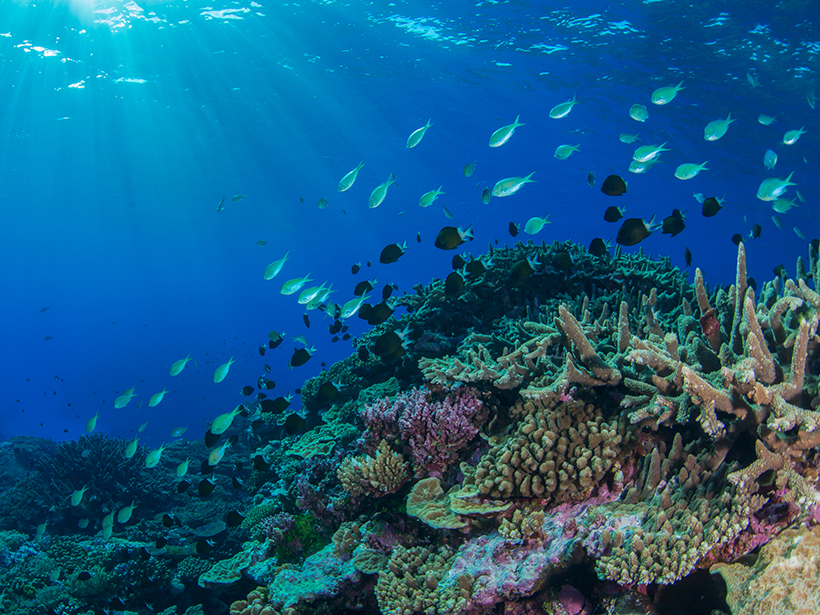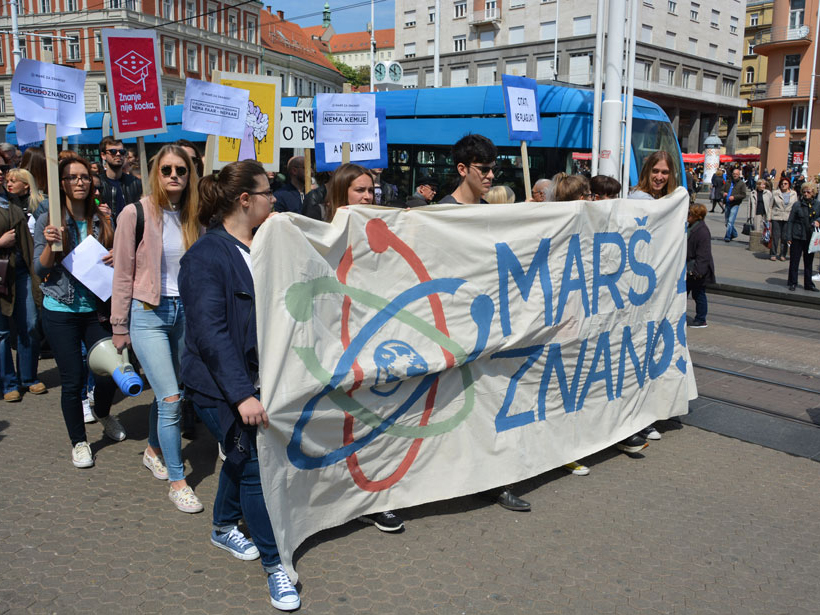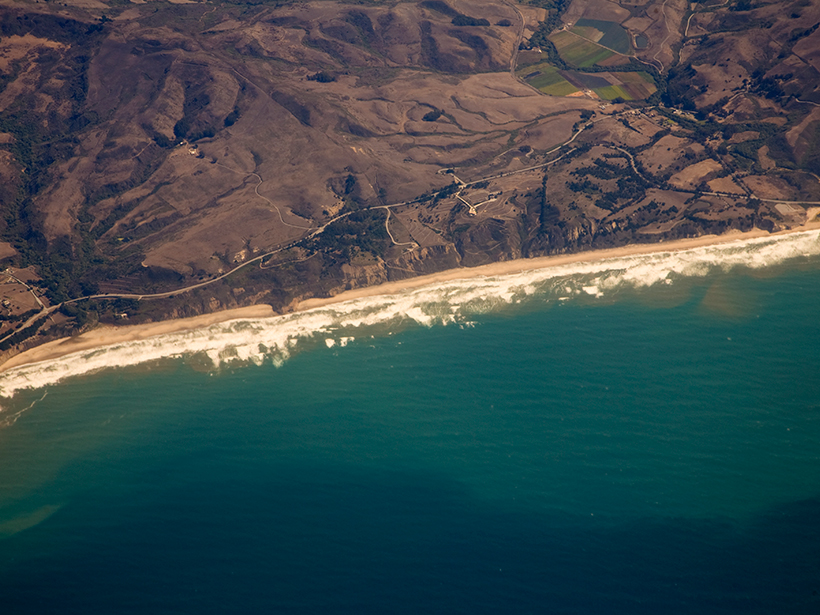From burying communities to building new land, this historic eruption is changing the landscape of Hawai‘i Island.
CC BY-NC-ND 2018
Removing the Drudgery from Earthquake Seismology
New methods of machine learning are bringing the phase arrival time and polarity picking used for automatic determination of earthquake fault planes to accuracies better than human analysists.
What Can NASA Do to Better Protect the Planets It Probes?
A new report found that decades-old policies, unclear strategies, and regulatory gaps may create future problems for the agency. Here are four ways to head off these problems.
Why Are Siberian Temperatures Plummeting While the Arctic Warms?
The answer involves the intricacies of stratospheric circulation, which, if better represented in climate models, could help predict extreme weather events in Siberia and elsewhere.
Heat Waves, More Than Coral Death, May Cause Fish to Flee Reefs
A study over a broad swath of the Great Barrier Reef shows that warming waters directly cause fish and invertebrates to leave the reef, making it harder for coral to recover from bleaching events.
Solidarity Among World’s Scientists Needed Now More Than Ever
Challenged by widespread nationalism and xenophobia, scientific societies must stand together to insist that scientific collaboration remain international and interdisciplinary.
How Are Sediment Pulses Generated?
A new long-term flume experiment shows that bed load gravel travels downstream in recurring, 10-hour pulses even when water flow and sediment supply are constant.
Invasive Freshwater Mussels Drive Changes in Estuary Sediments
The golden mussel has spread quickly in the 30 years since its arrival in South America and is transforming aquatic ecosystems in waterways across the continent.
Meteors Can be Used to Calibrate a Radar System
Every day meteors burn up in the atmosphere with highly predictable results, reflecting radio waves that could be used to calibrate antennas.
On the Origin of Infragravity Waves
Seafloor pressure sensor data show that long-period ocean surface waves radiating from the world’s shorelines are mostly reflected back to shore by the continental shelf edge.


